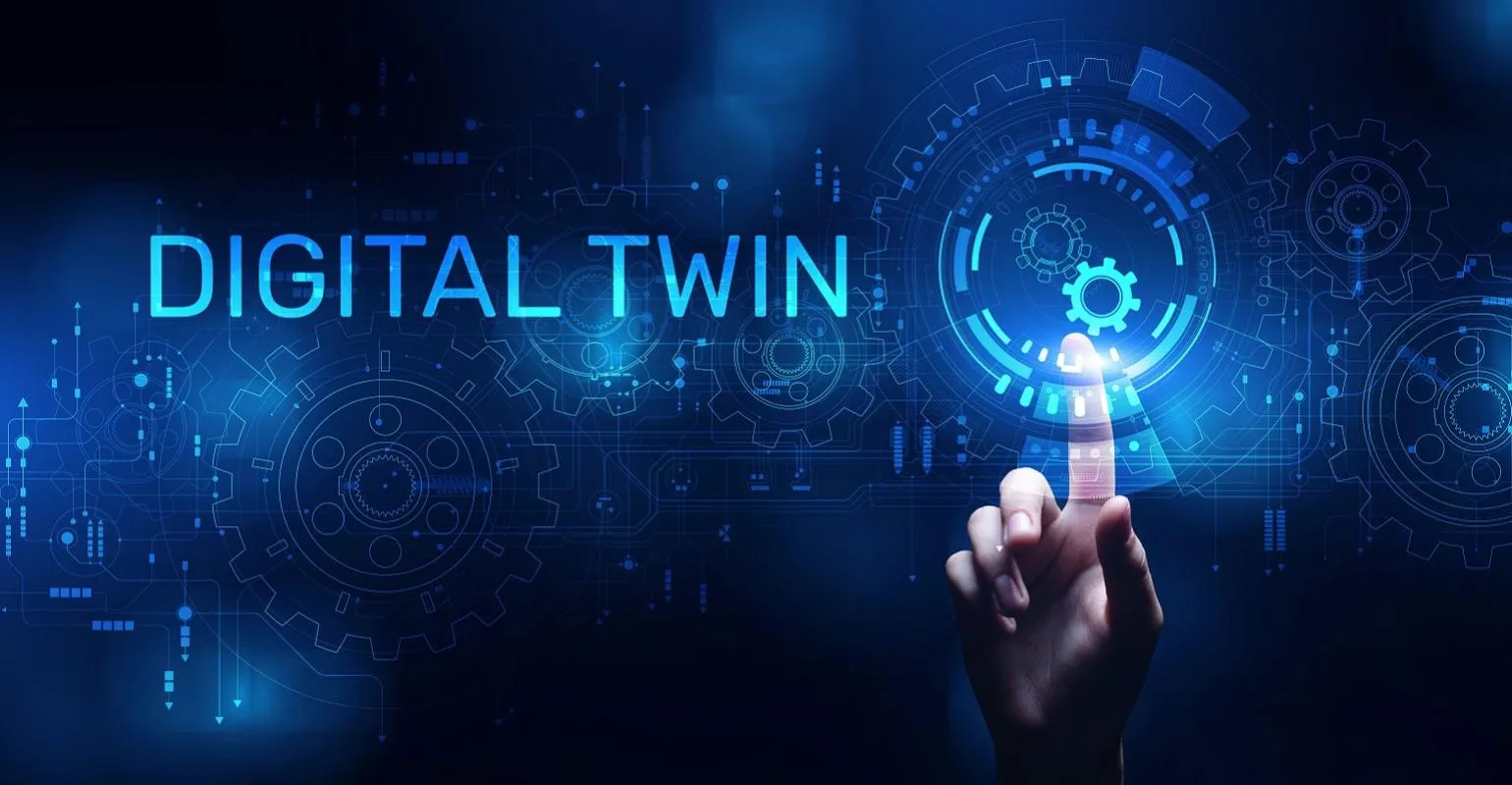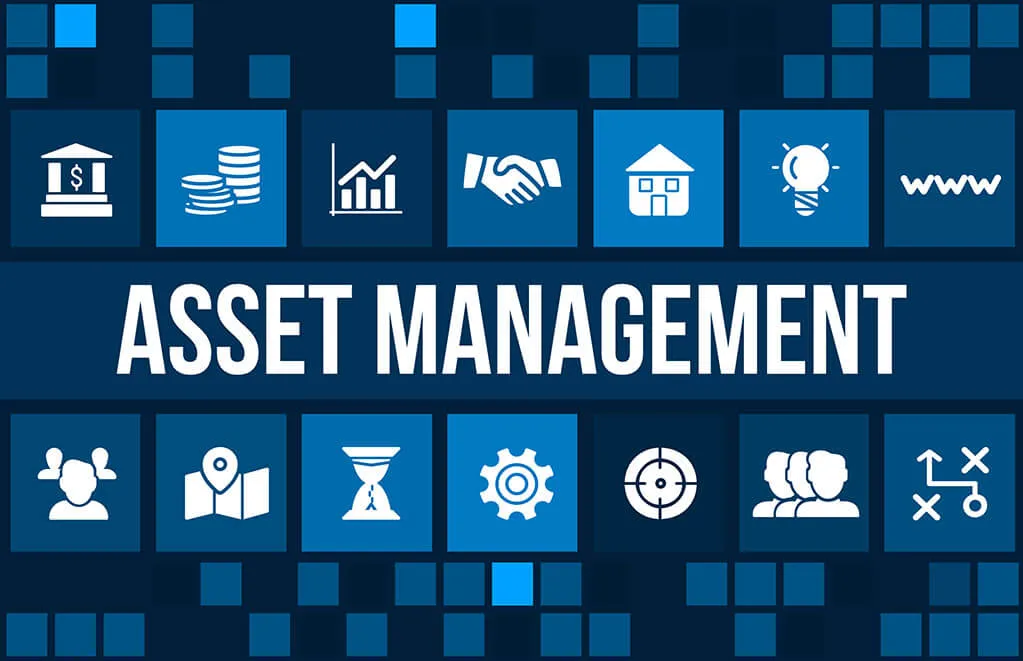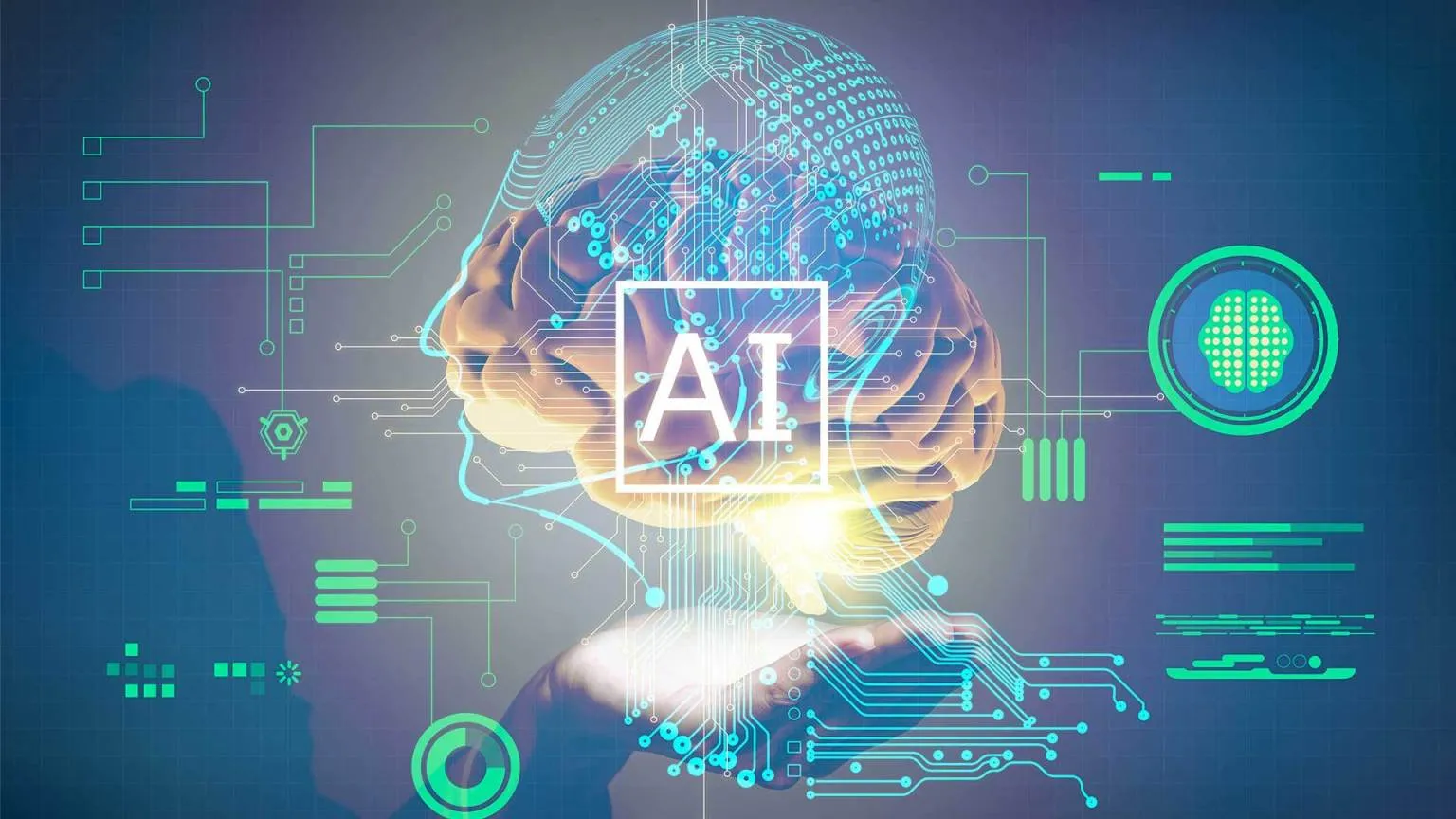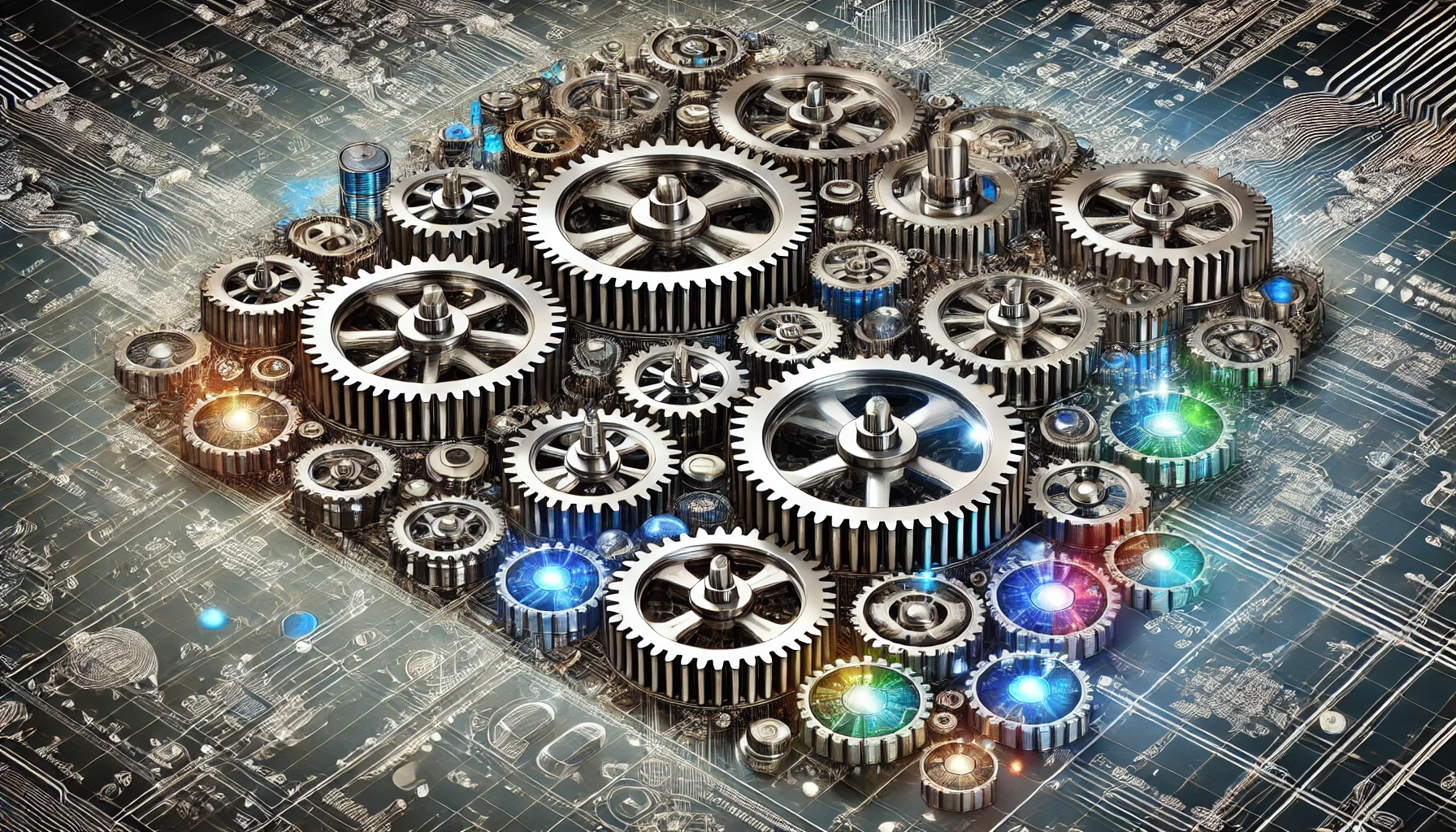Digital Twin Technology for Mechanical Systems
Digital twin technology has emerged as a transformative concept in the realm of mechanical systems, offering unprecedented opportunities for design, monitoring, and optimization. A digital twin is a virtual representation of a physical object or system, providing a real-time, dynamic simulation that mirrors its physical counterpart. In the context of mechanical systems, digital twin technology holds immense potential for revolutionizing how products are designed, operated, and maintained throughout their lifecycle.
Digital Twin Technology for Mechanical Systems
- Geometry and Structure: The digital twin replicates the geometric and structural characteristics of the physical object. This includes the shape, dimensions, and material properties, enabling a comprehensive virtual representation.
- Sensor Data Integration: Digital twins are connected to sensors embedded in the physical system, collecting real-time data on performance, operating conditions, and environmental factors. This continuous data stream enhances the accuracy and responsiveness of the virtual model.
- Physics-Based Models: Digital twins often incorporate physics-based models that simulate the behavior and interactions of mechanical components. These models enable predictive analysis and scenario testing, aiding in the identification of potential issues and optimization opportunities.
- IoT Integration: The Internet of Things (IoT) plays a crucial role in digital twin technology. By integrating with IoT devices and sensors, digital twins can capture a wealth of data, creating a dynamic and responsive virtual representation that evolves with changes in the physical system.
Applications of Digital Twin in Mechanical Engineering
The applications of digital twin technology in mechanical engineering are diverse and extend across the entire product lifecycle, from design and manufacturing to operation and maintenance. Here are some key applications:
- Design and Prototyping: Digital twins facilitate more efficient and accurate product design by allowing engineers to simulate and test various configurations in a virtual environment. This accelerates the prototyping phase, reduces the need for physical prototypes, and enables rapid iteration to achieve optimal designs.
- Predictive Maintenance: One of the significant advantages of digital twins is their ability to predict and prevent equipment failures. By continuously monitoring the performance and health of mechanical systems through embedded sensors, digital twins can anticipate maintenance needs, reduce downtime, and extend the lifespan of equipment.
- Performance Optimization: Digital twins enable real-time monitoring of mechanical systems, providing insights into performance inefficiencies and opportunities for optimization. Engineers can analyze the virtual model to identify factors affecting performance and implement adjustments to enhance efficiency.
- Remote Monitoring and Control: With the integration of IoT and digital twin technology, mechanical systems can be monitored and controlled remotely. This is particularly valuable for systems located in remote or hazardous environments, allowing engineers to assess and manage equipment without physical presence.
- Training and Simulation: Digital twins serve as powerful tools for training and simulation. They provide a realistic virtual environment for operators and maintenance personnel to familiarize themselves with equipment, practice troubleshooting scenarios, and enhance their skills without the need for physical access to the machinery.
- Lifecycle Management: Throughout the lifecycle of mechanical systems, digital twins store a comprehensive record of the equipment’s history, including design specifications, maintenance activities, and performance data. This information supports informed decision-making, facilitates compliance with regulatory requirements, and contributes to efficient lifecycle management.
Digital Twin Modeling for Industrial Equipment
Digital twin modeling for industrial equipment is a specialized application that focuses on creating accurate and dynamic virtual representations of machinery used in manufacturing and other industrial processes. The modeling process involves capturing detailed geometric, physical, and operational information to create a comprehensive digital twin. The applications of digital twin modeling for industrial equipment are diverse and offer several benefits:
- Optimized Design and Simulation: Digital twin modeling allows engineers to create highly detailed virtual prototypes of industrial equipment. This enables comprehensive design validation, simulation of various operating conditions, and optimization of performance before physical prototypes are built. It accelerates the design process and reduces the risk of flaws in the final product.
- Efficient Manufacturing Processes: The digital twin model extends its benefits to the manufacturing phase by providing insights into the production process. Manufacturers can simulate and optimize manufacturing workflows, identify potential bottlenecks, and enhance the overall efficiency of production lines.
- Real-time Monitoring and Control: Once industrial equipment is operational, the digital twin model continuously receives real-time data from sensors embedded in the physical equipment. This data allows for monitoring key performance indicators, detecting anomalies, and providing a basis for predictive maintenance strategies.
- Condition-Based Maintenance: Digital twin modeling enables the implementation of condition-based maintenance practices. By analyzing the performance data from the virtual model, maintenance teams can schedule interventions based on the actual condition of the equipment rather than predetermined maintenance schedules. This approach maximizes equipment uptime and reduces unnecessary maintenance costs.
- Energy Efficiency Optimization: Industrial equipment often consumes significant amounts of energy. Digital twin modeling allows engineers to analyze energy consumption patterns, identify areas of inefficiency, and implement optimizations to enhance energy efficiency. This contributes to sustainability goals and reduces operational costs.
- Remote Diagnostics and Troubleshooting: In scenarios where industrial equipment is deployed in remote locations or complex environments, digital twin modeling supports remote diagnostics and troubleshooting. Maintenance teams can assess the virtual model to identify issues, simulate potential solutions, and guide on-site personnel in resolving problems efficiently.
- Lifecycle Performance Analysis: Digital twin modeling maintains a historical record of the industrial equipment’s performance throughout its lifecycle. This data supports performance analysis, trend identification, and decision-making related to equipment upgrades, replacements, or modifications.
Challenges in digital twin modeling for industrial equipment include the complexity of capturing accurate data for the virtual model, ensuring real-time data synchronization between the physical and virtual systems, and addressing cybersecurity concerns associated with the connectivity of industrial IoT devices.
Benefits of Digital Twin Technology in Manufacturing
Digital twin technology has become a game-changer in the manufacturing industry, offering a host of benefits that revolutionize the entire product lifecycle. From design and production to operation and maintenance, the implementation of digital twin technology enhances efficiency, reduces costs, and provides unprecedented insights. Here are key benefits of digital twin technology in manufacturing:
- Efficient Product Design and Prototyping: Digital twin technology allows manufacturers to create virtual replicas of products and simulate their behavior in various conditions. This accelerates the product design and prototyping phase by enabling engineers to identify potential issues, optimize designs, and test different scenarios before physical prototypes are produced. This efficiency reduces time-to-market and development costs.
- Optimized Manufacturing Processes: By creating digital twins of production systems, manufacturers gain insights into the entire manufacturing process. This includes analyzing workflow efficiency, identifying bottlenecks, and optimizing production lines for maximum output. Digital twins contribute to lean manufacturing practices, ensuring resource utilization is efficient and minimizing waste.
- Real-Time Monitoring and Predictive Maintenance: Digital twins are connected to sensors and IoT devices embedded in physical equipment, providing real-time data on performance and operational conditions. This continuous monitoring enables predictive maintenance, allowing manufacturers to anticipate equipment failures, schedule maintenance activities, and minimize downtime. This proactive approach enhances overall equipment effectiveness (OEE) and reduces unplanned maintenance costs.
- Quality Control and Defect Prevention: Digital twins enable manufacturers to simulate and monitor the manufacturing process in real time, facilitating early detection of defects or deviations from quality standards. This capability allows for immediate corrective actions, preventing the production of faulty products and ensuring high-quality output.
- Supply Chain Optimization: Digital twin technology extends its benefits to supply chain management by providing visibility into the entire supply chain. Manufacturers can simulate and analyze the flow of materials, monitor inventory levels, and optimize logistics to ensure timely and cost-effective procurement of components. This optimization contributes to a more resilient and responsive supply chain.
- Customization and Personalization: In industries where customization is crucial, such as automotive and aerospace, digital twins enable manufacturers to design and produce highly customized products efficiently. The virtual representation allows for the simulation of various configurations and specifications, ensuring that customized products meet quality standards and are manufacturable within established constraints.
- Lifecycle Performance Analysis: Digital twins maintain a comprehensive record of the entire lifecycle of a product, from design and manufacturing to operation and maintenance. This historical data allows manufacturers to analyze performance trends, identify areas for improvement, and make informed decisions about product upgrades or modifications.
- Remote Monitoring and Control: With the integration of IoT devices, digital twins facilitate remote monitoring and control of manufacturing equipment. This is particularly valuable for companies with multiple facilities or global operations, allowing centralized monitoring, troubleshooting, and control of equipment from a distance.
- Cost Reduction and Resource Optimization: The efficiency gains provided by digital twin technology contribute to overall cost reduction in manufacturing. By optimizing processes, reducing downtime, and preventing defects, manufacturers can achieve significant savings in operational costs and resource utilization.
- Continuous Improvement and Innovation: Digital twins support a culture of continuous improvement and innovation. The data collected from virtual models allows manufacturers to analyze performance, identify areas for enhancement, and implement iterative improvements. This iterative approach fosters innovation and ensures that products and processes remain competitive in a rapidly evolving market.
While the benefits of digital twin technology in manufacturing are substantial, challenges include the initial investment in technology infrastructure, data security concerns, and the need for skilled personnel to leverage the full potential of digital twin implementations. Overcoming these challenges requires a strategic and phased approach to digital twin adoption.
In conclusion, the benefits of digital twin technology in manufacturing are transformative, offering improvements across the entire product lifecycle. From streamlining design processes to optimizing production, ensuring quality, and enabling remote monitoring, digital twin technology has the potential to revolutionize how manufacturers operate and innovate in today’s competitive landscape.
Digital Twin Implementation in Mechanical Design
Digital twin implementation in mechanical design marks a paradigm shift in the way engineers conceptualize, create, and refine products. This innovative approach leverages virtual replicas of physical objects, enabling a holistic and dynamic understanding of mechanical systems. Here are key aspects of digital twin implementation in mechanical design and the benefits it brings to the engineering process:
- Virtual Prototyping and Simulation: Digital twin implementation allows for the creation of virtual prototypes that accurately replicate the physical characteristics and behavior of mechanical systems. Engineers can simulate and test different operating conditions, evaluate performance, and identify potential issues before moving to physical prototyping. This significantly reduces the time and costs associated with traditional prototyping.
- Iterative Design Optimization: The dynamic nature of digital twins enables engineers to engage in iterative design optimization. Through continuous simulations and analyses, design parameters can be adjusted and refined to achieve optimal performance and efficiency. This iterative approach contributes to the development of high-quality products with enhanced functionality.
- Real-Time Performance Monitoring: Connected to sensors and IoT devices, digital twins provide real-time data on the performance of mechanical systems. This continuous monitoring allows engineers to observe how the virtual model behaves in sync with its physical counterpart, providing insights into real-world operating conditions. Any deviations or anomalies can be immediately addressed, contributing to improved design robustness.
- Collaborative Design Environments: Digital twin implementation facilitates collaborative design environments where multiple stakeholders, including designers, engineers, and subject matter experts, can work together seamlessly. This collaborative approach fosters interdisciplinary communication, accelerates decision-making, and ensures that all aspects of mechanical design are considered comprehensively.
- Lifecycle Design Considerations: Unlike traditional design approaches, digital twin implementation encourages engineers to consider the entire lifecycle of a product during the design phase. This includes factors such as manufacturability, maintenance requirements, and end-of-life considerations. Considering the complete lifecycle ensures that designs are not only optimized for performance but also for efficiency and sustainability.
- Reduced Time-to-Market: By enabling virtual prototyping, iterative design optimization, and real-time performance monitoring, digital twin implementation significantly reduces the time-to-market for new products. Engineers can iterate rapidly, address design challenges promptly, and bring products to market more efficiently, gaining a competitive advantage.
- Enhanced Decision-Making with Data Analytics: Digital twins generate vast amounts of data through simulations and real-time monitoring. This data can be analyzed using advanced analytics tools to extract valuable insights. Engineers can use data analytics to make informed decisions, identify patterns, and continuously improve designs based on empirical evidence.
- Improved Risk Mitigation: Digital twins allow engineers to simulate various scenarios and assess the impact of different design choices. This proactive approach enhances risk mitigation by identifying potential issues early in the design phase. By addressing risks before physical prototypes are built, engineers can avoid costly redesigns and delays.
- Adaptability to Changes: Mechanical design often involves dealing with evolving requirements and changing specifications. Digital twin implementation provides a flexible framework that allows designers to adapt to changes seamlessly. Whether it’s a change in materials, specifications, or performance criteria, the virtual model can be updated and iterated upon with relative ease.
- Integration with Manufacturing Processes: Digital twin implementation extends beyond the design phase to integrate with manufacturing processes. The virtual representation of the product can be used to optimize manufacturing workflows, ensuring that the designed product can be efficiently and cost-effectively produced.
Challenges in digital twin implementation in mechanical design include the need for robust data management, ensuring compatibility with existing design tools, and addressing potential cybersecurity concerns associated with the connectivity of virtual models. Overcoming these challenges requires a strategic approach and collaboration between design teams, IT professionals, and stakeholders.
In conclusion, digital twin implementation in mechanical design is a transformative approach that enhances the efficiency, effectiveness, and agility of the design process. By leveraging virtual replicas and real-time monitoring, engineers can create high-quality products, reduce time-to-market, and adapt to changing requirements, ultimately redefining how mechanical systems are conceptualized and brought to life.
Integration of IoT with Digital Twin for Mechanical Systems
The integration of the Internet of Things (IoT) with digital twin technology represents a synergy that elevates the capabilities of mechanical systems to unprecedented levels. This integration involves connecting physical devices, sensors, and actuators to the digital twin, creating a dynamic and interconnected ecosystem. The marriage of IoT and digital twin technology brings forth a multitude of advantages for monitoring, analyzing, and optimizing mechanical systems.
- Real-Time Data Acquisition: The integration of IoT devices with digital twins enables the real-time acquisition of data from sensors embedded in mechanical systems. These sensors collect information on various parameters such as temperature, pressure, vibration, and more. This real-time data stream enriches the digital twin with accurate and up-to-date information about the physical system’s performance.
- Continuous Monitoring and Analysis: Connected sensors provide a continuous stream of data that is fed into the digital twin, allowing for ongoing monitoring and analysis of mechanical systems. Engineers can observe the real-time behavior of the virtual model, compare it with the actual performance, and identify deviations or anomalies. This continuous feedback loop enhances the accuracy of the digital twin’s representation.
- Predictive Maintenance and Fault Detection: The combination of IoT and digital twin technology enables predictive maintenance strategies by analyzing the data collected from sensors. Patterns of behavior that precede equipment failures can be identified, allowing for the prediction of maintenance needs. This proactive approach reduces downtime, extends the lifespan of mechanical systems, and minimizes the risk of unexpected failures.
- Enhanced Simulation and Scenario Testing: With real-time data from IoT devices, digital twins can simulate and test various scenarios more accurately. Engineers can input live data into the virtual model, allowing it to respond dynamically to changes in operating conditions. This capability is particularly valuable for assessing the impact of environmental changes, operational variations, or unexpected events on mechanical systems.
- Improved Energy Efficiency: Integration with IoT enables digital twins to monitor energy consumption in real time. This information can be used to identify opportunities for energy optimization and efficiency improvements. By analyzing the virtual model’s response to different energy consumption scenarios, engineers can implement changes to enhance the overall sustainability and cost-effectiveness of mechanical systems.
- Remote Monitoring and Control: The integration of IoT with digital twin technology facilitates remote monitoring and control of mechanical systems. Engineers can access the virtual model from anywhere, observe real-time data, and make informed decisions or adjustments to optimize performance. This capability is particularly advantageous for systems located in remote or hazardous environments.
- Data-Driven Decision-Making: The wealth of data generated by IoT sensors and integrated into the digital twin empowers engineers with actionable insights. Data-driven decision-making becomes a cornerstone of system optimization, as engineers can analyze trends, correlations, and performance metrics to make informed choices about maintenance schedules, operational parameters, and design enhancements.
- Supply Chain Integration: The integration of IoT with digital twins extends its benefits to supply chain management. Sensors can be employed to monitor the condition of components or products throughout the supply chain. This information is then integrated into the digital twin, providing visibility into the entire lifecycle and contributing to informed decision-making regarding procurement, logistics, and inventory management.
- Scalability and Flexibility: The IoT-digital twin integration is scalable and adaptable to different mechanical systems and industries. Whether applied to manufacturing equipment, HVAC systems, or transportation fleets, the flexibility of this integration allows for customization to meet the specific needs and requirements of diverse applications.
- Comprehensive Lifecycle Management: The integration of IoT data into the digital twin creates a comprehensive record of the entire lifecycle of mechanical systems. This includes design specifications, manufacturing data, real-time performance metrics, and maintenance history. Comprehensive lifecycle management supports holistic decision-making, regulatory compliance, and efficient system optimization.
Challenges in the integration of IoT with digital twin technology include addressing security concerns associated with data connectivity, ensuring interoperability between different IoT devices, and managing the vast amounts of data generated. Overcoming these challenges requires robust cybersecurity measures, standardized communication protocols, and effective data analytics strategies.
The integration of IoT with digital twin technology for mechanical systems is a transformative approach that enhances monitoring, analysis, and optimization capabilities. By connecting the virtual and physical worlds, this integration provides engineers with a powerful toolset for proactive maintenance, real-time decision-making, and sustainable operation of mechanical systems across various industries.
Digital twin modeling for industrial equipment is a powerful tool that enhances the design, manufacturing, and operational phases of mechanical systems in industrial settings. By creating dynamic and accurate virtual representations, organizations can achieve efficiency gains, optimize performance, and implement proactive maintenance strategies, ultimately contributing to the overall success and sustainability of industrial processes.








